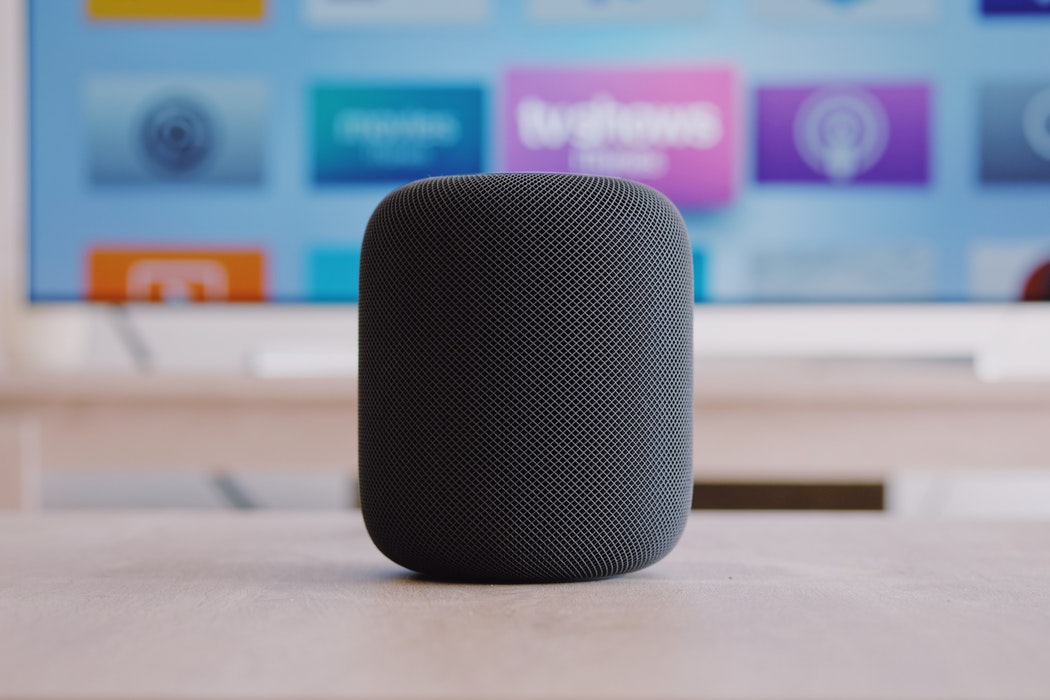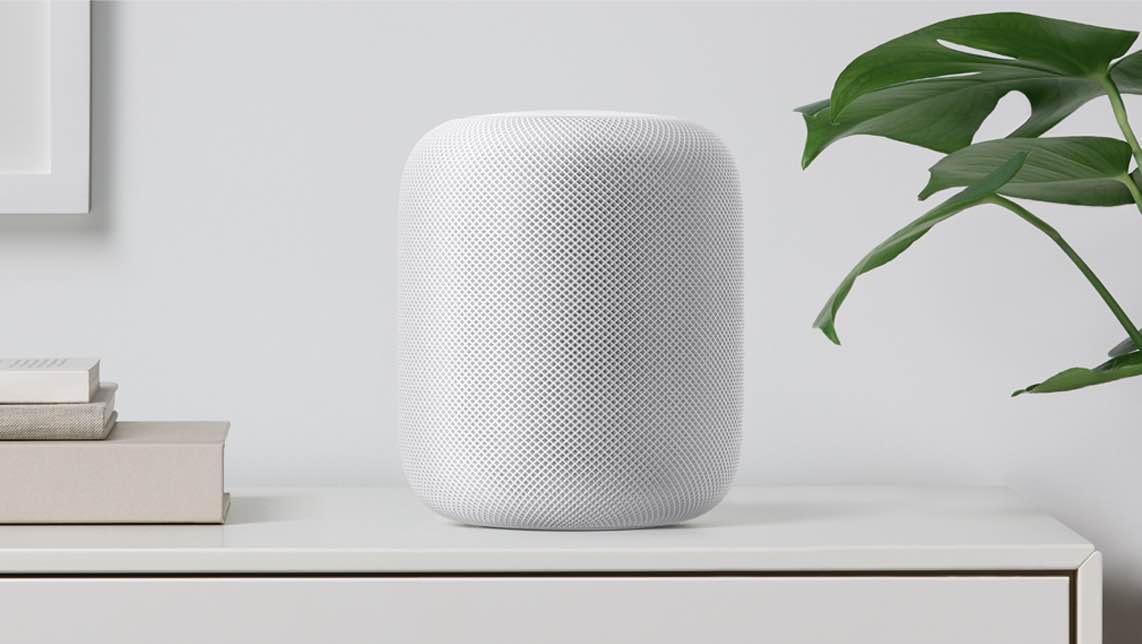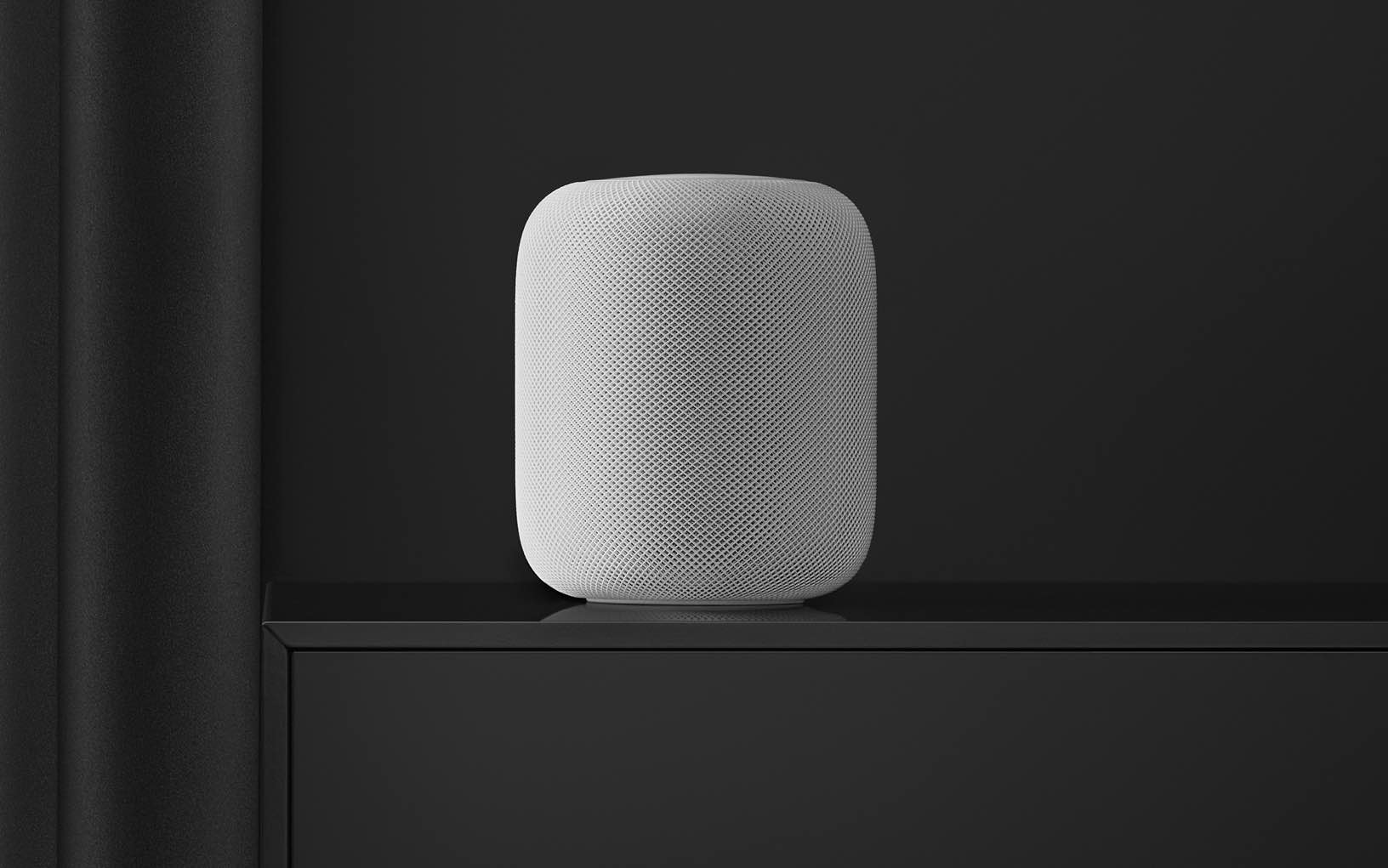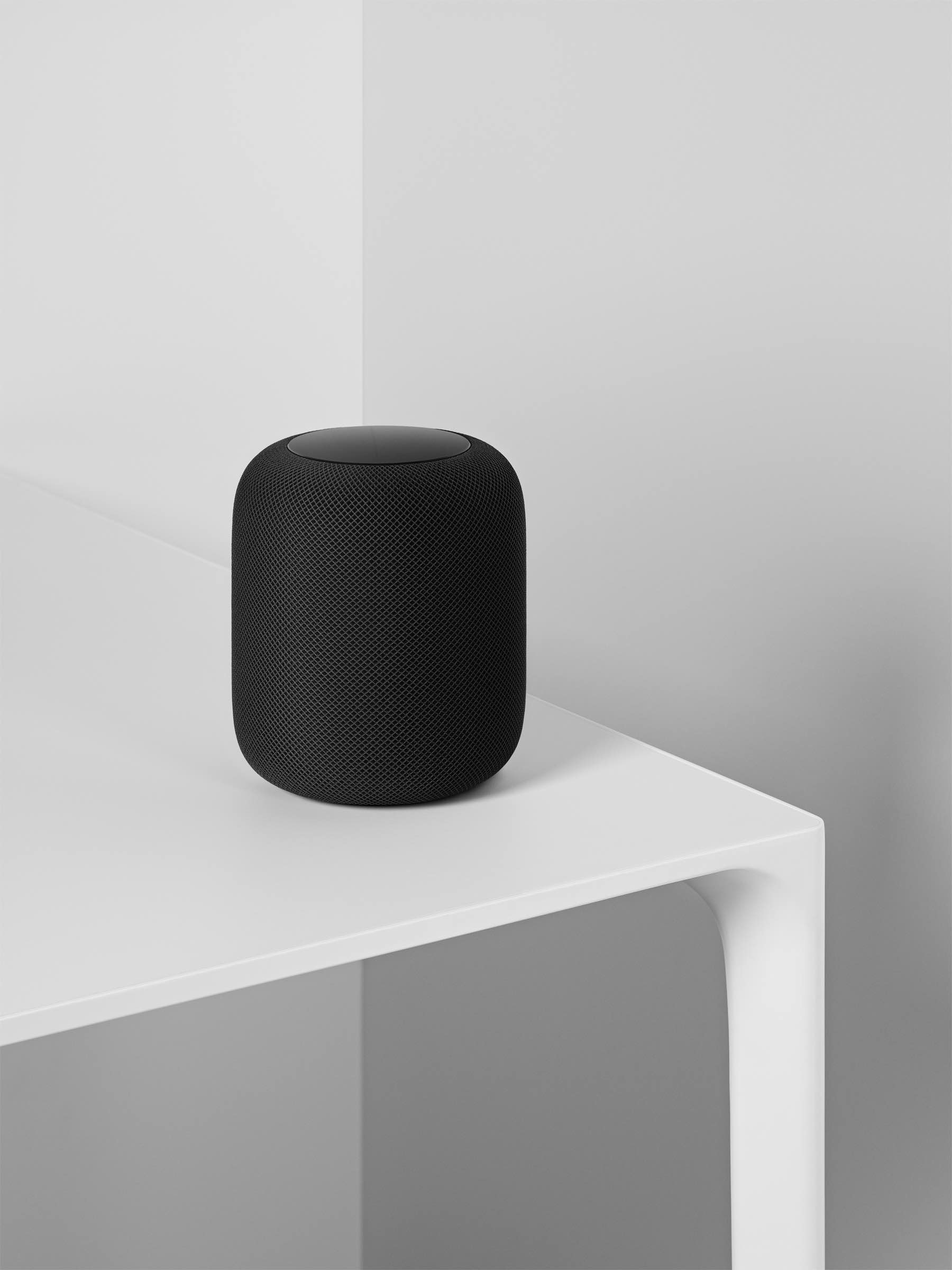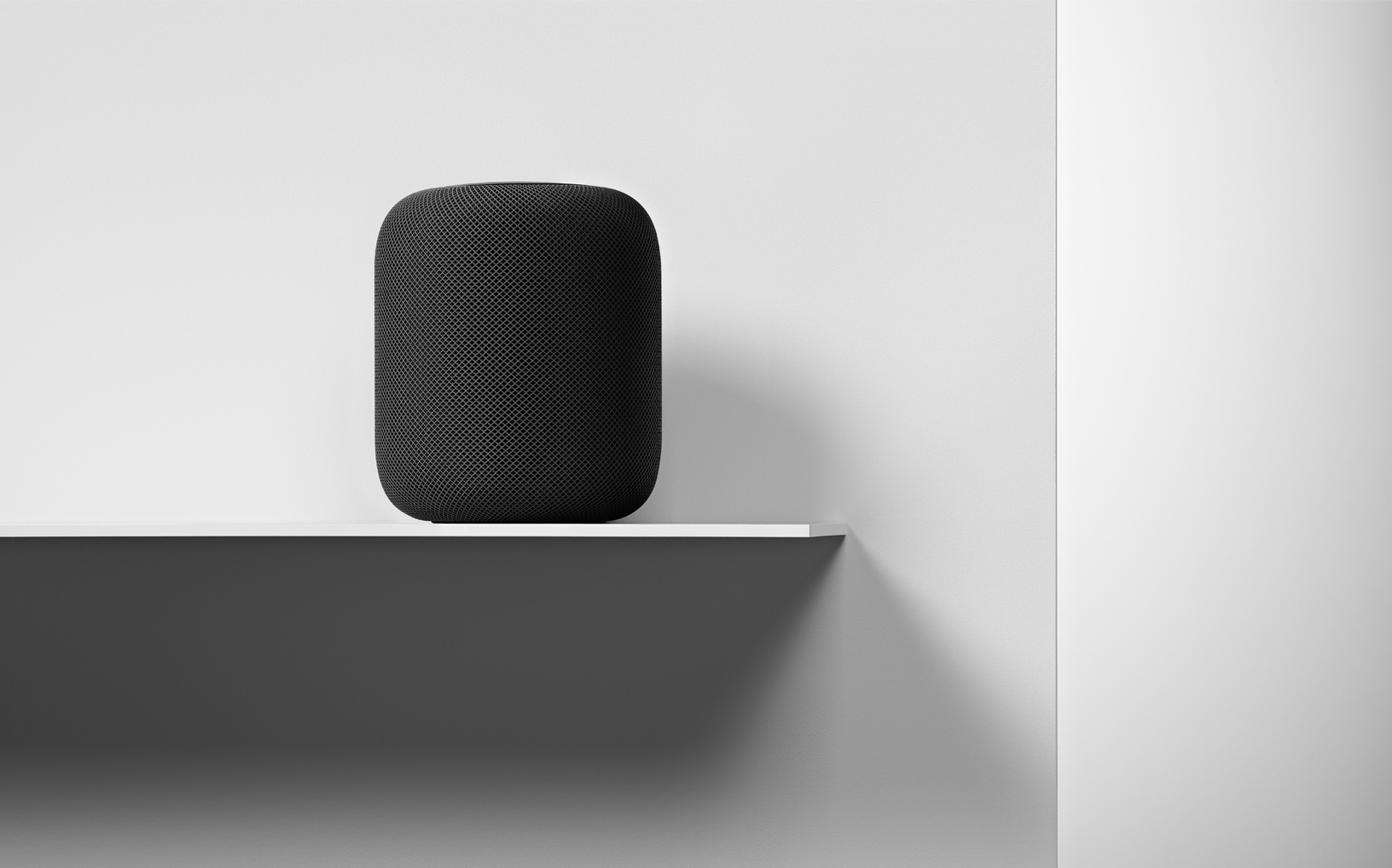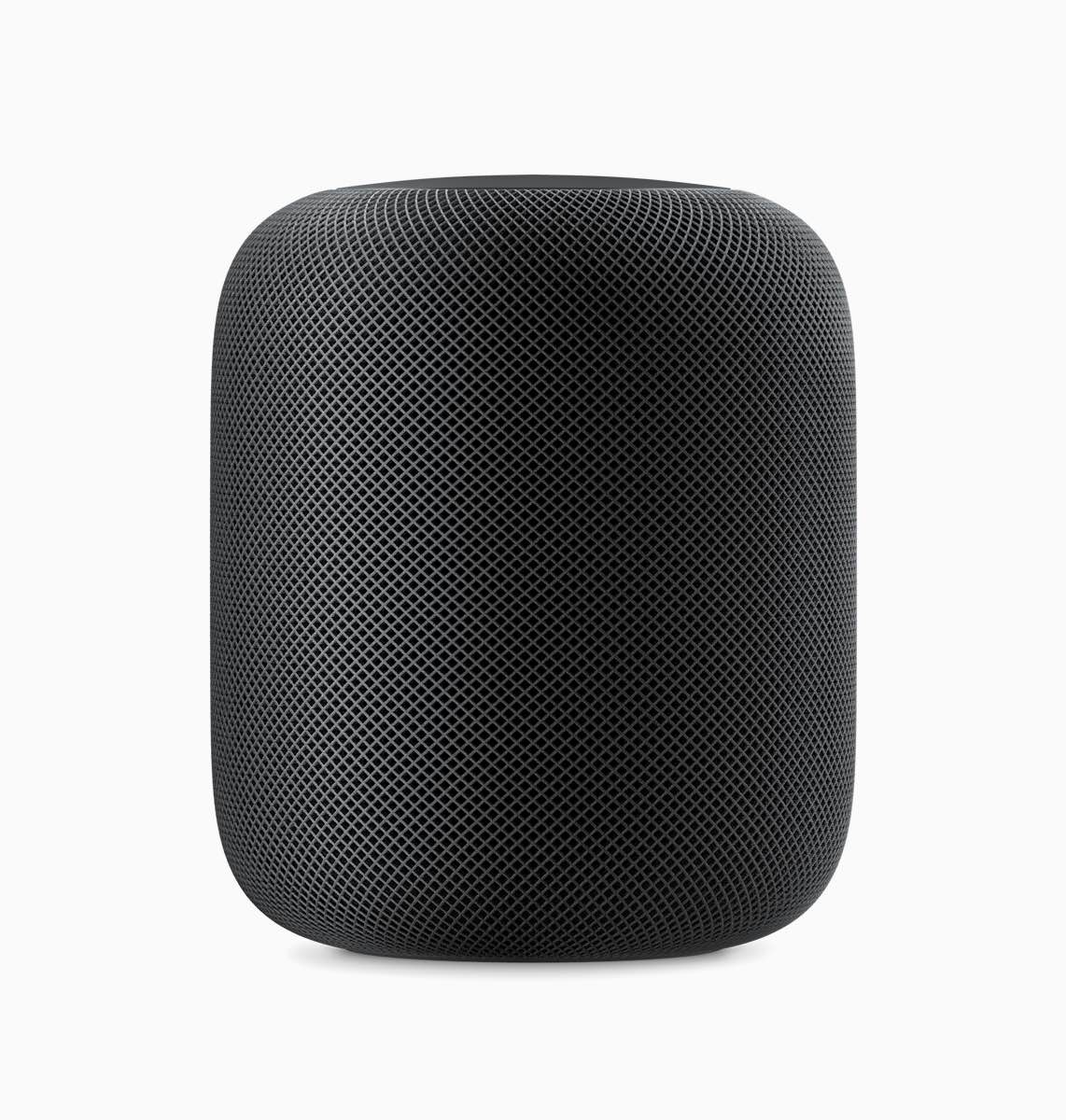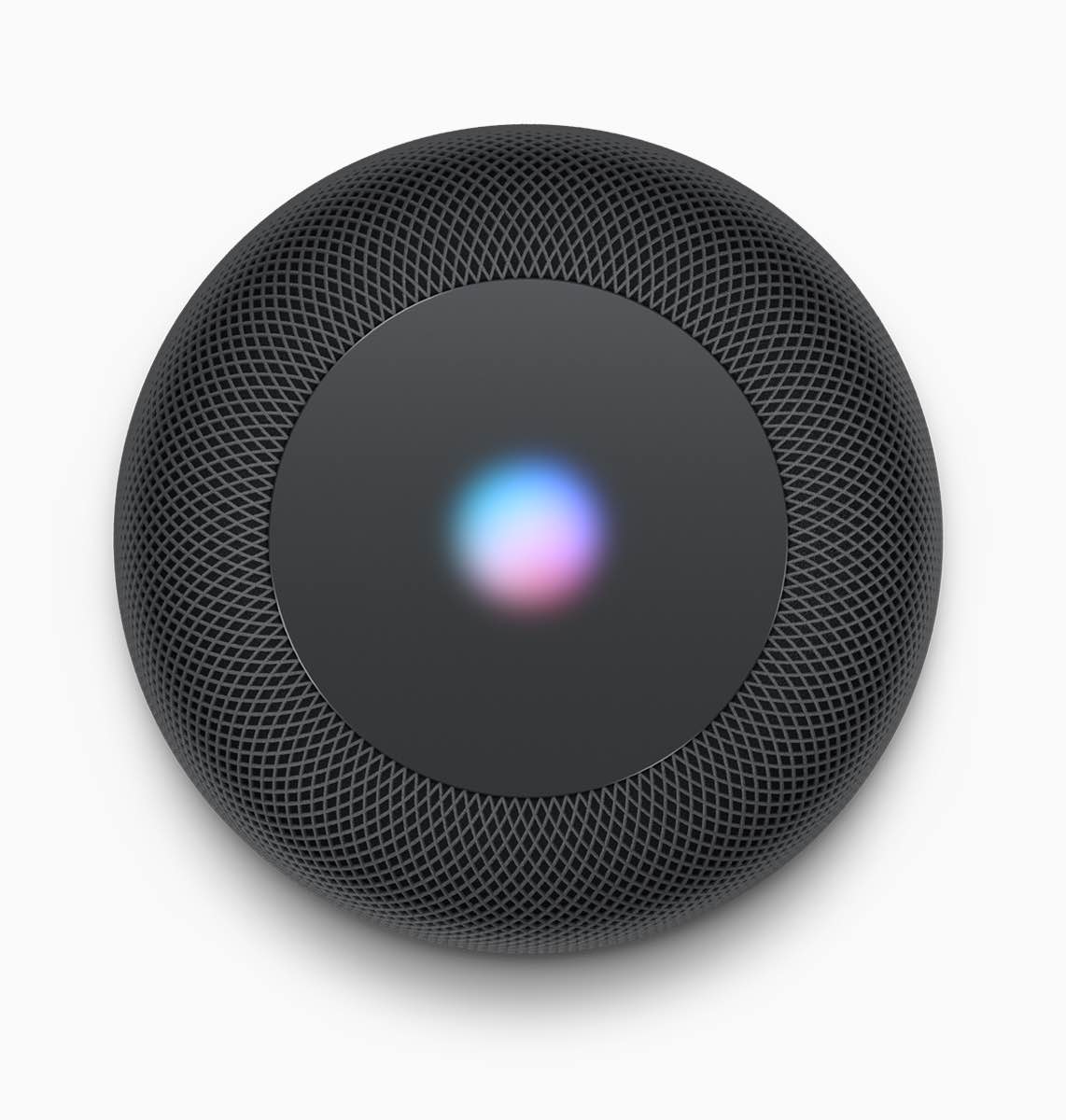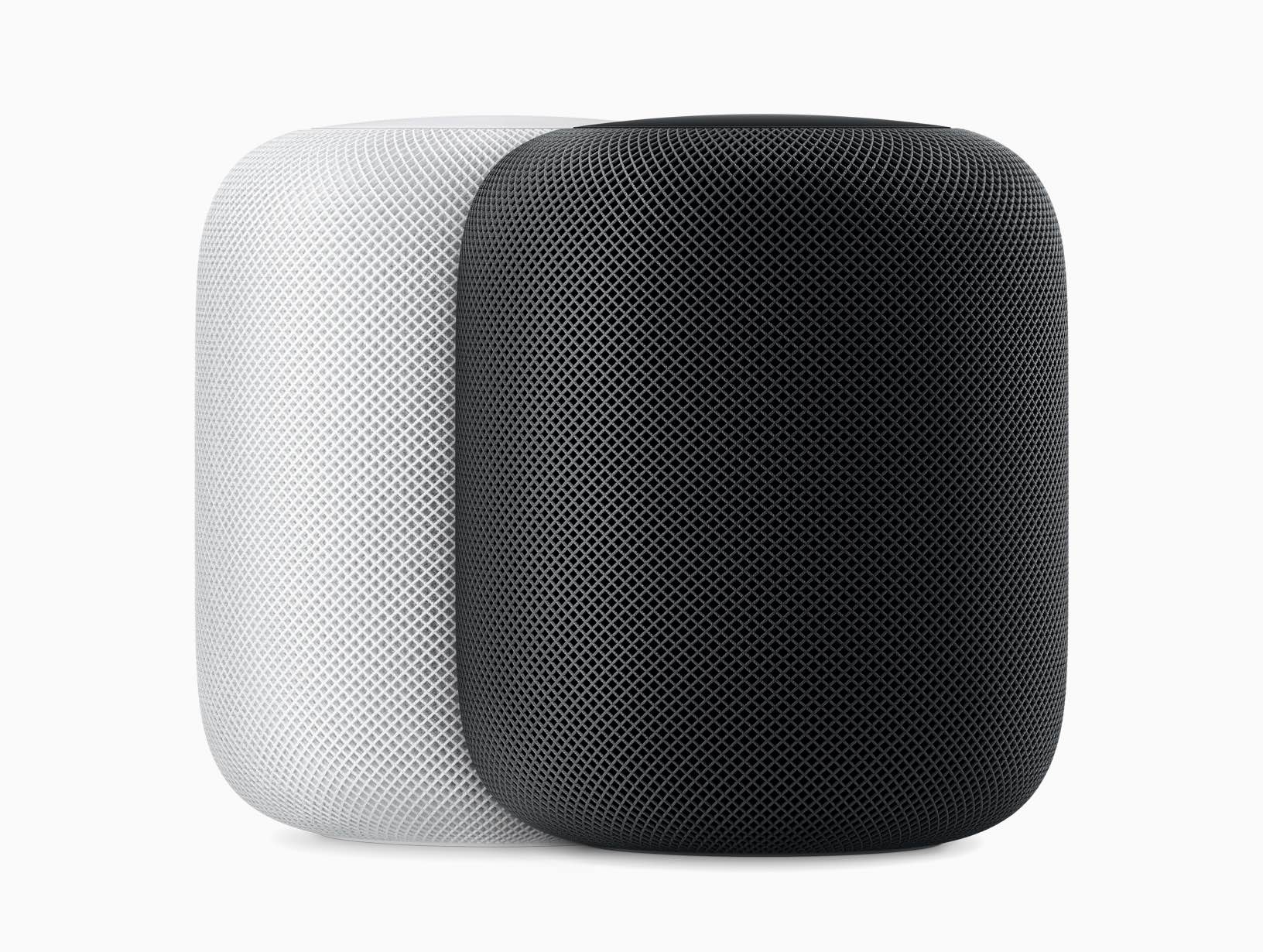Apple on its Machine Learning Journal blog published a new article outlining a few interesting things about voice recognition and using Siri on the HomePod speaker. It is mainly about how the HomePod is able to capture the user's voice commands even in impaired operating conditions, such as very loud music playback, a high level of ambient noise or a large distance of the user from the speaker.
It could be interest you

Due to its nature and focus, the HomePod speaker must be able to work in various conditions. Some users put it on the bedside table next to the bed, others "clean up" it in the corner of the living room, or put the speaker under the loudly playing TV. There are really many scenarios and possibilities, and the engineers at Apple had to think of all of them when designing the technology that makes the HomePod "hear" in almost any situation.
In order for the HomePod to be able to register voice commands in a not very favorable environment, it has a very complex system for receiving and processing sound signals. The process of analyzing the input signal consists of several levels and a mechanism operating on the basis of self-learning algorithms that can sufficiently filter and analyze the incoming sound signal so that the HomePod receives only what it needs.
Individual levels of processing thus, for example, remove the echo from the received sound, which appears in the received signal due to the production of the HomePod as such. Others will take care of the noise, which is too much in domestic conditions - switched on microwave, a vacuum cleaner or, for example, a playing television. And the last one about the echo caused by the layout of the room and the position from which the user pronounces individual commands.
Apple discusses the aforementioned in considerable detail in the original article. During development, HomePod was tested in many different conditions and situations so that engineers could simulate as many scenarios as possible during which the speaker will be used. In addition, the multi-channel sound processing system is in charge of a relatively powerful A8 processor, which is switched on at all times and is constantly "listening" and waiting for a command. Thanks to relatively complex calculations and relatively decent computing power, the HomePod can work in almost all conditions. Unfortunately, it's a shame that high-end hardware is held back by relatively imperfect software (wherever we've heard it before...), because the assistant Siri is falling behind its biggest competitors year by year.
